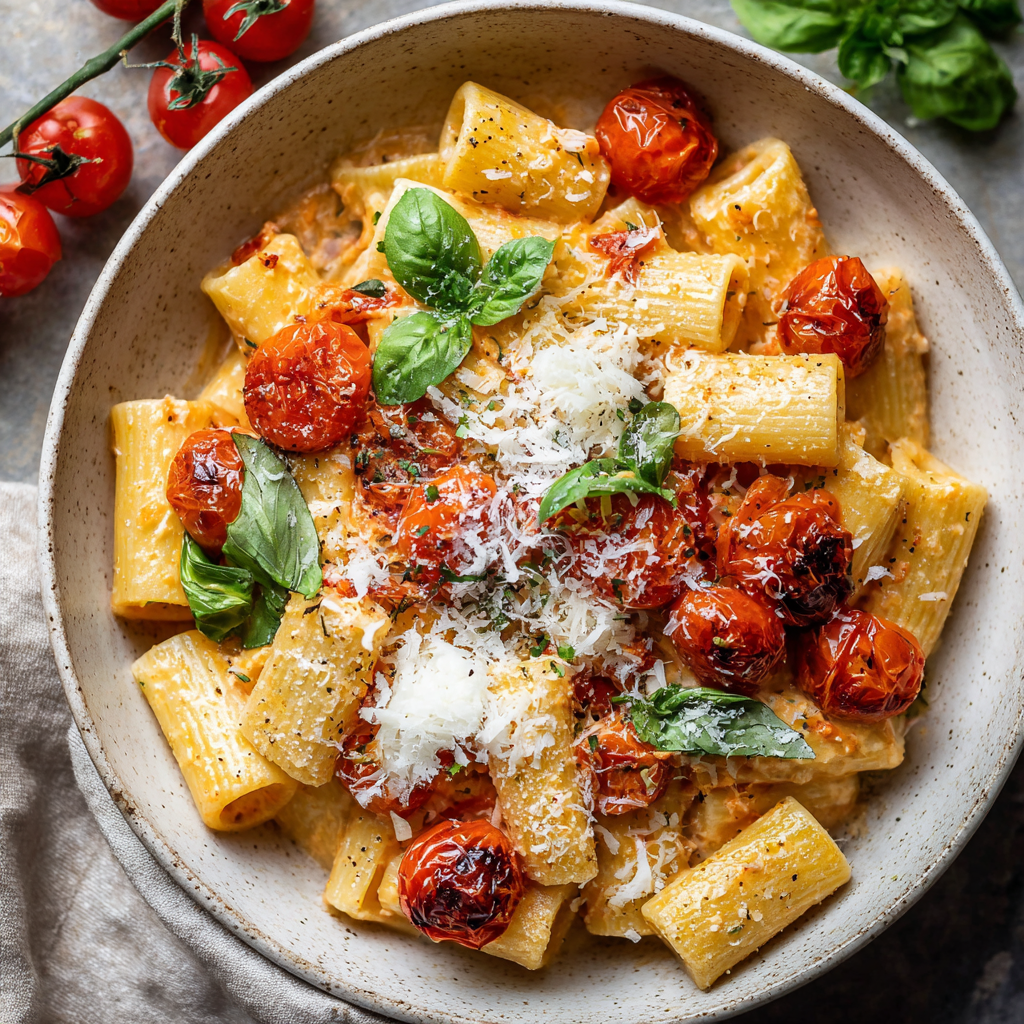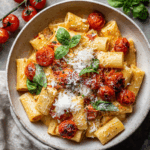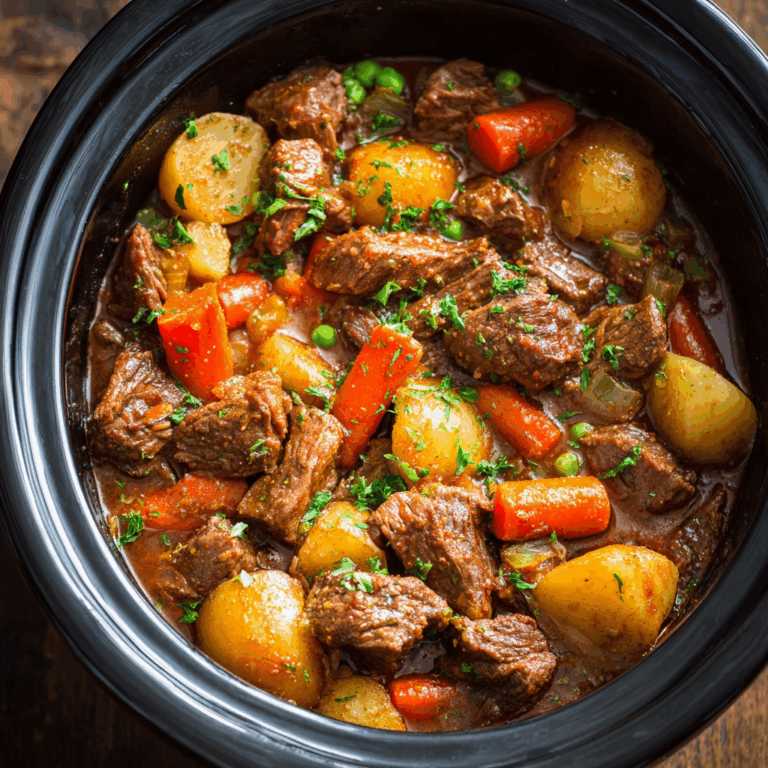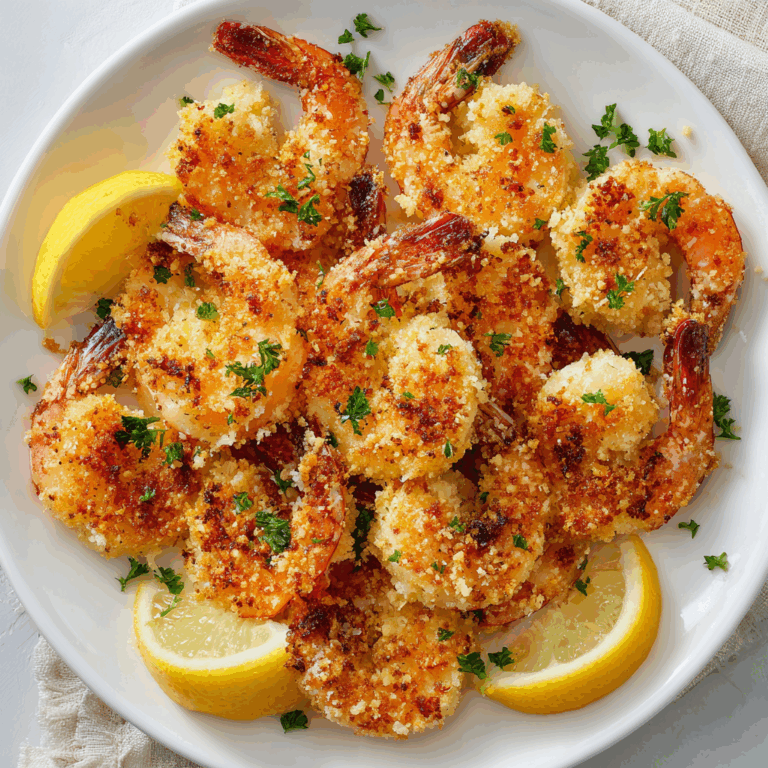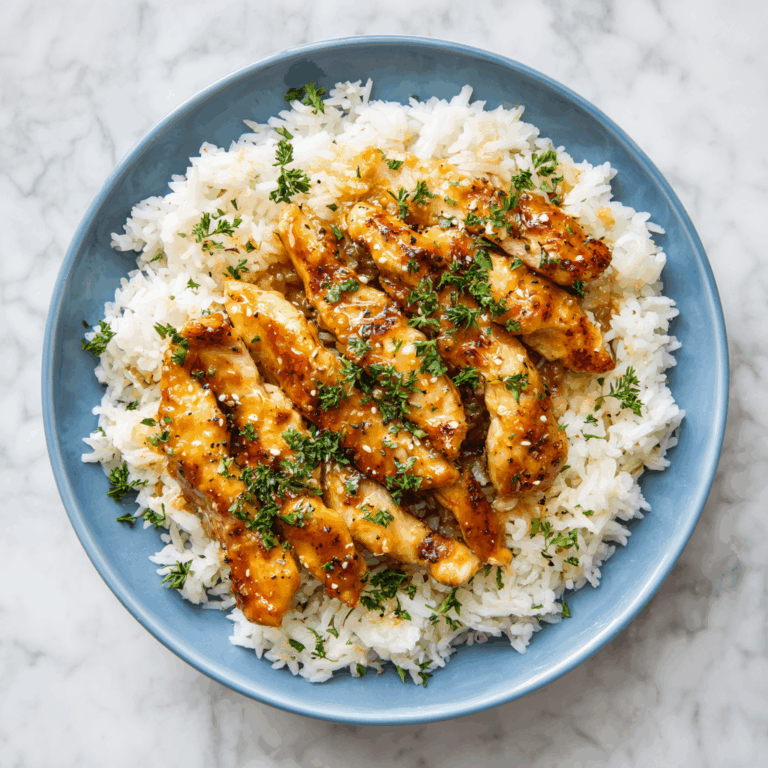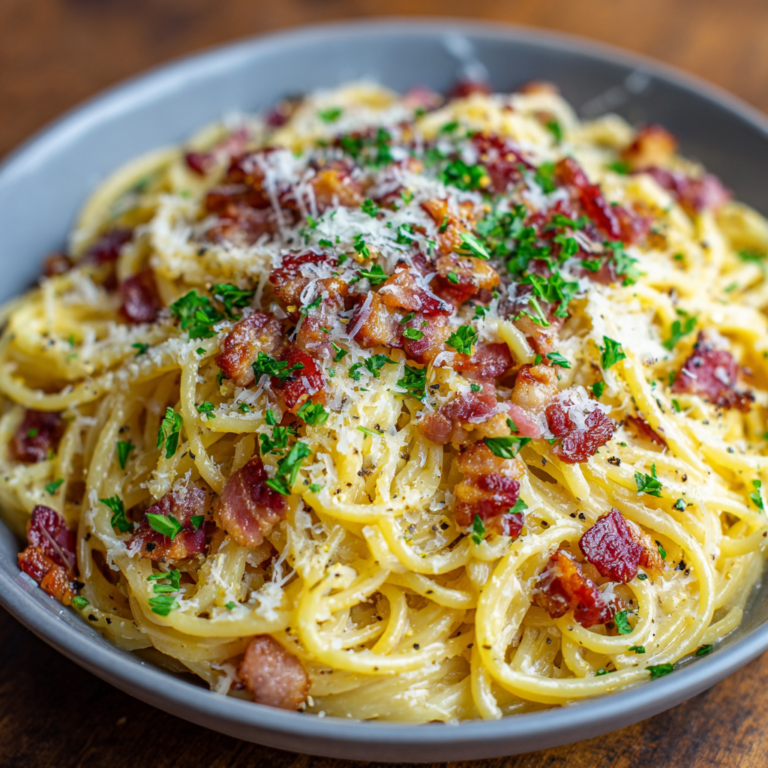The Ultimate Guide to Delicious Tomato Ricotta Pasta
There’s a reason tomato ricotta pasta has become a beloved staple in households worldwide. This deceptively simple dish delivers restaurant-quality flavors with minimal effort, combining the bright acidity of tomatoes with the luxurious creaminess of ricotta cheese. Whether you’re looking for a quick weeknight dinner or an impressive meal to serve guests, this tomato ricotta pasta recipe consistently delivers satisfaction in every bite.
Why This Tomato Ricotta Pasta Recipe Works
What sets this particular tomato ricotta pasta apart from other pasta dishes? Several key factors contribute to its standout quality:
-
Quick Preparation: From start to finish, this dish comes together in about 30 minutes, making it perfect for busy weeknights when time is limited but you still want a homemade meal .
-
Creamy Without Heavy Cream: The ricotta cheese creates a luxuriously smooth sauce without the need for heavy cream, resulting in a lighter yet equally satisfying texture .
-
Family-Friendly Appeal: This pasta strikes a balance between sophisticated enough for adults and approachable enough for picky eaters, making it a versatile crowd-pleaser .
-
Adaptable Foundation: The basic recipe serves as a perfect canvas for various additions, from vegetables to proteins, allowing you to customize based on preferences or what’s in your pantry .
The Essential Ingredients Breakdown
Creating exceptional tomato ricotta pasta begins with understanding your core ingredients. Each component plays a crucial role in the final dish:
Core Components
-
Pasta Selection: Rigatoni, penne, or other short pasta shapes are ideal for this dish because their nooks and crannies capture the creamy sauce beautifully. The recipe specifically calls for 300g (approximately 10.5 oz) of rigatoni, but feel free to substitute with your favorite shape .
-
Tomato Base: Passata (500g) forms the foundation of your sauce. Passata is simply strained, uncooked tomatoes that provide a smooth, pure texture. If you can’t find passata, you can substitute with canned crushed tomatoes or even whole tomatoes that you crush by hand .
-
The Star: Ricotta Cheese: 250g of fresh ricotta brings the creamy element to the dish. For the best results, use whole-milk ricotta, which offers superior creaminess and flavor compared to part-skim varieties. If you only have part-skim, consider draining it in a fine-mesh strainer for about an hour to remove excess moisture .
Aromatics & Seasonings
-
Aromatic Foundation: The recipe begins with ½ cup finely chopped onion and 4 chopped garlic cloves sautéed in ¼ cup extra virgin olive oil. This combination creates a flavorful base that infuses the entire sauce with depth and complexity .
-
Herbal Notes: ½ tablespoon of Italian seasoning provides the classic herbal profile, while fresh basil adds a bright, aromatic finish. The Italian seasoning typically includes a blend of oregano, thyme, rosemary, and other Mediterranean herbs .
-
Savory Finishing Touches: ¾ cup grated Parmesan cheese contributes salty, umami notes that complement both the tomatoes and ricotta. Always grate your Parmesan fresh for the best flavor and melting quality .
Table: Ingredient Substitutions Guide
| Original Ingredient | Purpose | Suitable Substitutions |
|---|---|---|
| Passata | Tomato base for sauce | Canned crushed tomatoes, tomato puree, or strained canned cherry tomatoes |
| Fresh ricotta | Creamy element | Mascarpone (richer), drained cottage cheese (lighter option) |
| Rigatoni pasta | Sauce vehicle | Penne, ziti, fusilli, or other short shapes that hold sauce well |
| Fresh basil | Aromatic freshness | 1-2 tablespoons dried basil added with tomatoes |
| Parmesan cheese | Salty, umami finish | Pecorino Romano (sharper flavor), Grana Padano |
Step-by-Step Cooking Instructions
Preparation and Sautéing Aromatics
-
Initial Setup: Place a large pot of well-salted water on the stove over high heat. This will be for cooking your pasta later. Properly salting the pasta water is crucial as it’s your only opportunity to season the pasta itself from within.
-
Sauté Aromatics: Place a large skillet over medium-high heat and add ¼ cup extra virgin olive oil. Once the oil is hot but not smoking, add the finely chopped onion and sauté for 3-5 minutes until soft and translucent. Then add the chopped garlic and continue cooking for about 1 minute until fragrant. Be careful not to burn the garlic, as it will turn bitter .
Building the Sauce
-
Incorporate Tomatoes: Stir in the passata (tomato sauce), Italian seasoning, salt, and black pepper into the sautéed aromatics until well combined. Reduce the heat to low and let the sauce simmer gently for about 10 minutes, stirring occasionally to prevent burning. This simmering time allows the raw “tomatoey” flavor to mellow and the ingredients to meld together .
-
Cook the Pasta: While the sauce simmers, add your rigatoni to the now-boiling salted water and cook according to package directions until al dente. Reserve about ½ cup of the starchy pasta water before draining. This liquid gold will help thin your sauce to the perfect consistency later .
Combining Elements
-
Finish the Sauce: Once the tomato sauce has slightly reduced and lost its raw taste, add the grated Parmesan cheese and tear in some fresh basil leaves according to your preference. Stir to combine. Then add the ricotta cheese, breaking it up and stirring until it’s creamy and fully incorporated into the tomato sauce. The combination will create a beautiful pinkish-orange hue that’s visually appealing .
-
Bring It All Together: Add the drained pasta to the sauce, stirring or tossing to ensure each piece is thoroughly coated. If the sauce appears too thick, gradually add the reserved pasta water, a few tablespoons at a time, until you reach your desired consistency. Allow the pasta to simmer in the sauce for just 1-2 minutes so the flavors can fully marry .
-
Final Touches: Remove the skillet from heat. Serve the pasta immediately, garnished with additional freshly grated Parmesan cheese and chopped fresh basil for a vibrant finish .
Expert Tips for Perfect Tomato Ricotta Pasta
-
Preventing Grainy Ricotta: To ensure your ricotta incorporates smoothly into the sauce, break it down first in a separate bowl with a fork. For extra insurance, you can mix it with a small amount of pasta water before adding it to the tomato sauce .
-
Balancing Acidity: If your tomato sauce tastes too acidic or sour (a common issue that can particularly affect children’s enjoyment), consider using a sweeter variety of passata, letting the sauce cook a bit longer to mellow, or adding a pinch of sugar. Extra Parmesan cheese stirred in at the end also helps counterbalance acidity .
-
One-Pot Variation: For even easier cleanup, you can adapt this recipe to a one-pot method by cooking the pasta directly in the sauce. Use about 1½ cups of hot water in addition to the tomatoes, add the uncooked pasta, cover, and simmer until the pasta is al dente, stirring occasionally and adding more water if needed .
-
Sauce Consistency Control: Remember that the sauce will continue to thicken as it cools. It’s better to have a slightly thinner sauce in the pan, as it will perfect itself by the time you serve it. The reserved pasta water is your best tool for adjusting consistency at the final stage .
Delicious Variations and Customizations
The basic tomato ricotta pasta recipe is wonderfully adaptable. Here are some popular variations to suit different preferences and dietary needs:
-
Protein Additions: For a heartier meal, incorporate cooked Italian sausage, grilled chicken, shrimp, or white beans. Add these proteins to the sauce when you stir in the ricotta to warm them through .
-
Vegetable Boost: Increase the nutritional profile by adding vegetables. Spinach or arugula can be stirred in at the end until wilted . Sautéed mushrooms, as included in one popular variation, add earthiness and texture . Roasted eggplant or zucchini also complement the flavors beautifully .
-
Roasted Tomato Version: For deeper, caramelized notes, try roasting cherry tomatoes with garlic and olive oil at 400°F (200°C) until blistered and bursting, then pureeing them with the ricotta before combining with the pasta .
-
Crispy Prosciutto Topping: For a sophisticated twist, bake thin slices of prosciutto on a baking sheet at 425°F (220°C) for 15-20 minutes until crisp, then crumble over the finished pasta as a garnish .
Table: Dietary Adaptation Guide
| Dietary Need | Modification | Result |
|---|---|---|
| Gluten-Free | Use gluten-free pasta | Equally delicious, as the sauce is naturally gluten-free |
| Lighter Version | Use part-skim ricotta and less oil | Still creamy but with reduced fat content |
| Dairy-Free | Use vegan ricotta and omit Parmesan | Flavor profile changes but can still be satisfying |
| Added Vegetables | Incorporate spinach, mushrooms, or zucchini | More nutritious while maintaining great flavor |
Serving Suggestions and Pairings
Tomato ricotta pasta is a complete meal on its own, but these thoughtful additions can elevate your dining experience:
-
Perfect Accompaniments: Serve with a side of crusty garlic bread to soak up any remaining sauce, and a fresh green salad with a simple vinaigrette to cut through the richness of the pasta .
-
Protein Pairings: If serving as a side dish rather than a main, this pasta pairs beautifully with baked chicken breasts, grilled fish fillets, or pesto-crusted salmon .
-
Wine Recommendations: A medium-bodied red wine like Chianti or Sangiovese complements the tomato base without overwhelming the delicate ricotta. For white wine lovers, a crisp Pinot Grigio or Sauvignon Blanc provides a refreshing contrast.
-
Presentation Tips: For restaurant-style plating, use tongs to twist portions of pasta into nests as you serve. Place a small additional dollop of ricotta on top of each serving, drizzle with high-quality extra virgin olive oil, and garnish with a fresh basil leaf for visual appeal.
Storage and Reheating Guidelines
-
Refrigeration: Store leftover tomato ricotta pasta in an airtight container in the refrigerator for 3-5 days . The pasta will continue to absorb liquid, so the sauce may thicken over time.
-
Reheating Methods: To reheat, add a splash of water, milk, or broth to the pasta to restore sauciness. Microwave in 30-second intervals, stirring between each, until warmed through. Alternatively, reheat gently in a skillet over low heat, stirring frequently .
-
Freezing Considerations: Freezing is not generally recommended for this dish, as the ricotta can become grainy and separate upon thawing. The pasta may also become mushy when reheated from frozen .
Frequently Asked Questions
Can I make this dish ahead of time?
Yes, you can prepare the sauce up to 2 days in advance and store it separately from the cooked pasta. When ready to serve, reheat the sauce, cook fresh pasta, and combine them. This approach yields the best texture.
My sauce turned out too acidic. How can I fix this?
As mentioned in the expert tips, acidity can be balanced by adding a pinch of sugar, cooking the sauce longer to mellow the flavor, or increasing the amount of Parmesan cheese. For future attempts, consider using sweeter tomato varieties like San Marzano tomatoes .
Is there a way to make the sauce even creamier?
For an ultra-creamy version, you can blend the ricotta with the tomato sauce using an immersion blender or standard blender before combining with the pasta. Some recipes also incorporate a small amount of heavy cream or mascarpone for extra richness .
What can I do with leftover ricotta?
Leftover ricotta can be used in numerous ways: spread on toast with honey, incorporated into baked goods like ricotta muffins or cakes, added to omelets or scrambled eggs, or used as a filling for stuffed pasta shells or lasagna .
The Ultimate Guide to Delicious Tomato Ricotta Pasta
Who says comfort food has to wait for summer? This Tomato Ricotta Pasta is light, creamy, and full of flavor—perfect for any season. With the tang of tomatoes, the richness of ricotta, and the freshness of basil, this dish is a quick 30-minute dinner that feels both cozy and elegant. Pair it with garlic bread, a crisp salad, or your favorite protein for a complete meal.
Ingredients
-
300 g rigatoni pasta
-
500 g passata (tomato sauce)
-
250 g ricotta cheese
-
½ cup onion, finely chopped
-
4 garlic cloves, chopped
-
¼ cup extra virgin olive oil
-
½ tbsp Italian seasoning
-
¾ cup Parmesan cheese, grated (plus extra for serving)
-
Fresh basil leaves
-
Salt & black pepper, to taste
Instructions
-
Heat olive oil in a skillet over medium-high. Sauté onions until soft and translucent. Add garlic and cook for 1 minute.
-
Stir in passata, Italian seasoning, salt, and pepper. Lower heat and let simmer for 10 minutes, stirring occasionally.
-
Meanwhile, cook pasta in salted boiling water until al dente. Reserve ½ cup pasta water.
-
Stir Parmesan and torn basil into the tomato sauce.
-
Add ricotta, breaking it up and mixing until creamy.
-
Toss in cooked pasta, simmer 1–2 minutes. Add reserved pasta water if needed to loosen the sauce.
-
Serve hot with extra Parmesan and fresh basil.
Notes
-
Use rigatoni or swap for penne/fusilli for the same creamy coating.
-
For extra richness, drizzle with a little olive oil before serving.
-
Add chili flakes if you like a spicy kick.
Nutrition
- Calories: 601 kcal per serving
- Fat: 28g
- Carbohydrates: 65g
- Fiber: 5g
- Protein: 23g
Final Thoughts
Tomato ricotta pasta exemplifies how a few quality ingredients, when treated with care and understanding, can create something truly extraordinary than the sum of its parts. This dish manages to be simultaneously comforting and sophisticated, approachable yet impressive. Its creamy texture without heavy cream, vibrant tomato flavor, and versatility across seasons and occasions have rightfully earned it a permanent place in the repertoire of home cooks worldwide.
Whether you stick faithfully to the classic recipe or experiment with your own customizations, this tomato ricotta pasta promises a satisfying culinary experience that will have you returning to it time and again. It’s proof that you don’t need complex techniques or hard-to-find ingredients to create a memorable meal that delights both the cook and those lucky enough to share it.
So the next time you’re wondering what to make for dinner that will please everyone without keeping you in the kitchen for hours, remember this tomato ricotta pasta recipe. In the time it would take to order takeout, you can create a homemade masterpiece that nourishes both body and soul.
